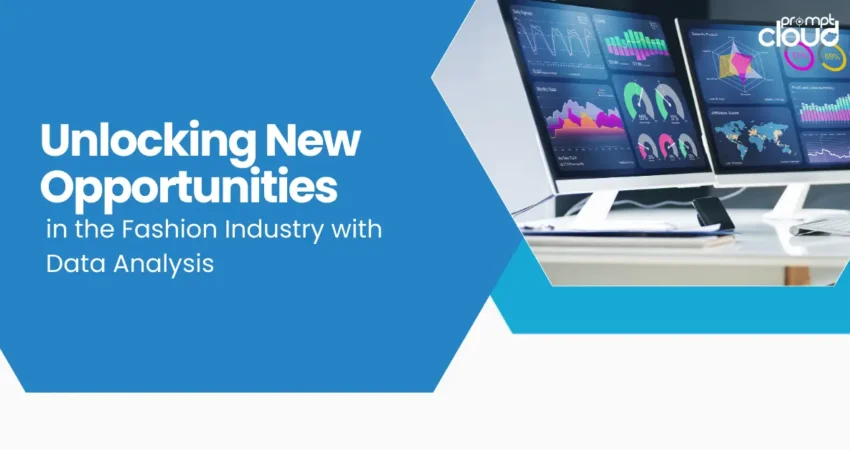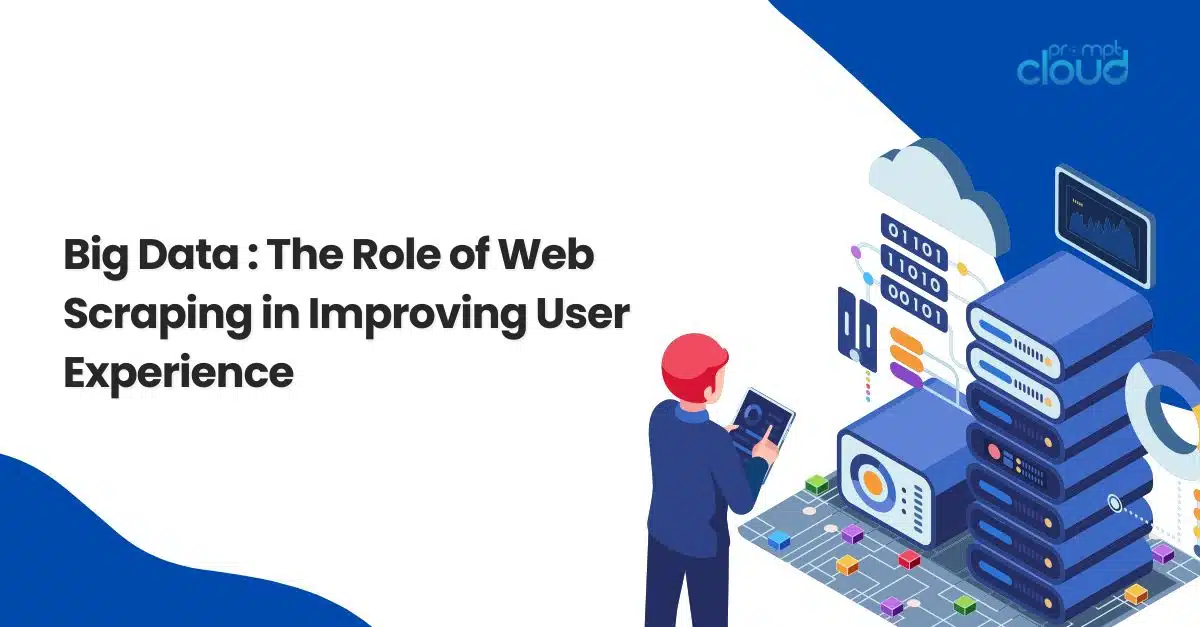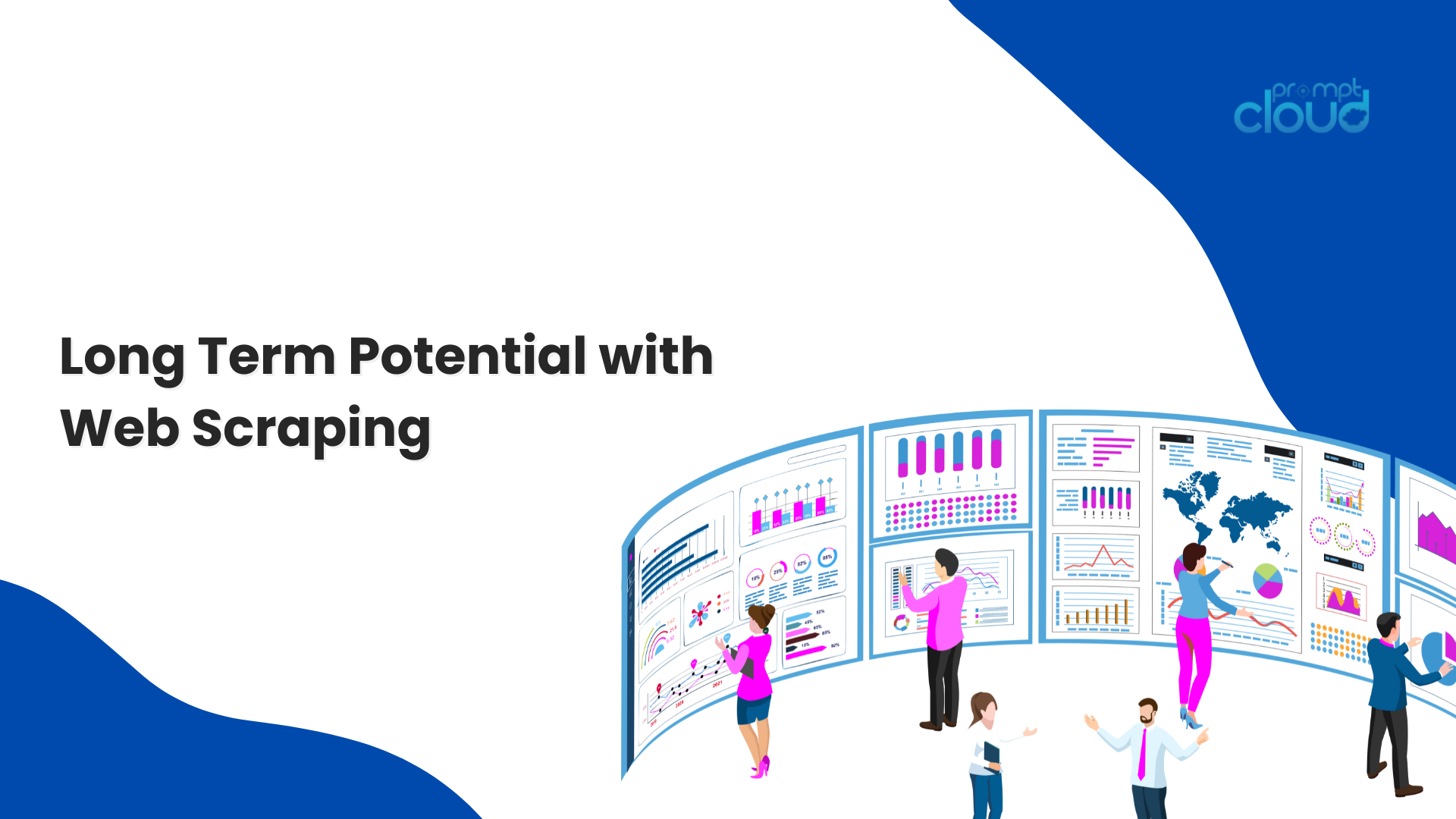
The fashion industry has long thrived on the keen instincts of designers and trendsetters, who predict and shape the trends that captivate consumers worldwide. This traditional approach relies heavily on intuition, experience, and a somewhat speculative understanding of market dynamics and future demands. Fashion brands have historically looked to runway shows, fashion magazines, and style icons to forecast the next big trend, a process fraught with uncertainty and high stakes. This reliance on intuition, while it has led to iconic trends and movements within the industry, also comes with limitations, especially in terms of scalability, sustainability, and precision in meeting consumer demands.
Enter the era of data analysis, a game-changer for the fashion industry. Data analysis refers to the process of examining, cleansing, transforming, and modeling data with the goal of discovering useful information, informing conclusions, and supporting decision-making. In the context of fashion, this means leveraging vast amounts of data – from social media trends and online shopping behaviors to real-time sales data and even weather forecasts to make informed decisions. The potential impact of data analysis on the fashion industry is profound, offering a more scientific approach to trend prediction, inventory management, and customer engagement.
Understanding the Role of Data Analysis in Fashion
The integration of data analysis into the fashion industry marks a pivotal shift from traditional, intuition-based decision-making to a more strategic, evidence-based approach. This section delves into what data analysis entails, its significance in fashion, the diverse types of fashion data that can be utilized, and the tools and technologies enabling this transformation.
What is Data Analysis?
Data analysis involves processing and examining datasets to extract useful information, identify patterns, and support decision-making. In the fashion industry, it translates into a systematic approach to understanding market demands, consumer behavior, and emerging trends, facilitating informed decisions across the design, production, and marketing processes.
Source: www.zapier.com
Relevance to the Fashion Industry
In fashion, where trends can shift rapidly and consumer preferences are increasingly diverse, data analysis serves as a critical tool for staying relevant and competitive. It helps brands to:
- Accurately predict future trends.
- Tailor collections to consumer preferences.
- Optimize supply chains and reduce waste.
- Enhance customer engagement through personalized experiences.
By grounding decisions in fashion data, fashion brands can reduce the risks associated with trend forecasting, inventory management, and marketing strategies, leading to improved efficiency, cost savings, and customer satisfaction.
Types of Data Leveraged in Fashion
Customer Behavior Data: Information on purchasing habits, preferences, and feedback collected through sales records, loyalty programs, and direct customer interactions. This fashion data helps in personalizing shopping experiences and tailoring product offerings.
Sales Data: Historical and real-time sales information that aids in demand forecasting, inventory optimization, and identifying best-selling products or categories.
Social Media Trends: Insights gained from social media platforms that highlight emerging trends, influential figures, and consumer sentiments toward brands and products.
Market Research Data: Broad market trends, competitor analysis, and demographic information that assist in strategic planning and market positioning.
Supply Chain Data: Information related to production, shipping, and inventory levels that support efficient supply chain management and cost reduction.
Enhancing Trend Prediction in Fashion Industry
The dynamic nature of the fashion industry demands foresight and innovation, qualities that are significantly enhanced by data analytics. Through the sophisticated analysis of diverse fashion data sources, fashion brands can now predict trends more accurately and innovate in their designs with greater confidence. This section explores the role of data analytics in trend prediction, highlights case studies of brands leveraging fashion data for design innovation, and discusses the transformative impact of AI and machine learning.
Data Analytics in Trend Prediction
Data analytics enables fashion brands to sift through vast amounts of information from social media buzz and search engine trends to sales data and consumer behavior patterns—to identify potential trends before they become mainstream. This approach allows for a more nuanced understanding of the direction in which consumer preferences are headed, enabling brands to develop products that resonate with upcoming trends, thus staying ahead of the competition. By analyzing real-time fashion data, brands can adjust their strategies promptly, responding to emerging trends with agility.
Case Studies of Data-Driven Design Innovation
Stitch Fix: An online personal styling service that uses data analytics and machine learning algorithms to personalize clothing selections for its customers. Stitch Fix’s algorithms analyze customer feedback, preferences, and behavior to predict individual style preferences, ensuring that the items sent to customers are likely to be well-received. This personalized approach not only enhances customer satisfaction but also minimizes returns and inventory waste.
Zara: Known for its fast fashion model, Zara uses fashion data analytics to monitor real-time sales data and customer feedback across its global stores and online platforms. This information helps Zara to quickly adjust its production based on what is selling well, enabling the brand to consistently offer designs that meet current consumer demands.
Tommy Hilfiger: The brand collaborated with IBM and the Fashion Institute of Technology on the “Reimagine Retail” project, where AI was used to analyze thousands of images from social media and runway shows to identify upcoming patterns, styles, and colors. This project demonstrated how AI could augment human designers’ creativity by providing them with insights derived from current fashion trends.
Optimizing Supply Chain and Inventory Management
In the fashion industry, where consumer preferences can shift rapidly and production lead times are crucial, optimizing supply chain and inventory management through data analysis is not just an advantage—it’s a necessity. This section explores how data analytics streamlines supply chain operations, reduces waste, enhances efficiency, and provides real-world examples of fashion companies that have achieved significant improvements in inventory optimization.
Streamlining Supply Chain Operations with Data Analysis
Data Analytics in Retail Supply Chain Optimization
Data analysis offers a granular view of the entire supply chain, from raw material sourcing to product delivery to customers, enabling fashion brands to identify bottlenecks, predict potential disruptions, and make informed decisions. By analyzing data related to production times, shipping durations, and supplier performance, brands can optimize their operations for efficiency and reliability. Furthermore, predictive analytics can forecast demand more accurately, ensuring that supply levels are aligned with consumer demand, thus minimizing overproduction and understock situations.
Real-World Examples of Inventory Optimization through Data Analytics
Nike: The global sportswear giant employs data analytics to enhance its demand forecasting models, reducing inventory levels while ensuring product availability. Nike’s use of machine learning algorithms to analyze sales data, consumer trends, and external factors like weather conditions has enabled the brand to optimize its inventory across different regions and channels, leading to improved efficiency and reduced waste.
H&M: H&M utilizes advanced analytics to manage its global inventory more effectively. The brand analyzes sales data in real-time to determine which products are performing well and adjusts production and distribution accordingly. This approach not only minimizes the risk of overstocking but also ensures that popular items are readily available, enhancing customer satisfaction.
Zara: Renowned for its fast fashion model, Zara employs a sophisticated data system to monitor sales and customer feedback across its stores worldwide. This real-time data allows Zara to adjust its production and distribution plans rapidly, ensuring that inventory levels are closely aligned with current market demands. Zara’s ability to respond quickly to changing trends with minimal waste is a key factor in its success.
These examples illustrate the transformative potential of data analytics in refining supply chain and inventory management practices within the fashion industry. By leveraging data to make informed decisions, fashion companies can achieve a delicate balance between meeting consumer demand and promoting sustainability. This not only leads to operational excellence and cost savings but also positions these brands as leaders in the push toward a more sustainable and efficient fashion industry.
Personalizing the Customer Experience
In the digital age, where competition is fierce and consumer expectations are higher than ever, personalizing the customer experience has become a pivotal strategy for fashion retailers. Data analytics plays a crucial role in enabling personalized marketing and product recommendations, deeply understanding customer preferences and behavior, and ultimately, enhancing customer satisfaction and loyalty. This section delves into the mechanics of personalization in the fashion industry, underlining its importance and illustrating success stories through case studies.
Data analytics allows fashion brands to collect and analyze customer data from various touchpoints—online interactions, purchase history, social media engagement, and more. This data, when processed and analyzed, offers insights into individual customer preferences, shopping habits, and style inclinations. Retailers can then use this information to tailor their marketing messages, email campaigns, and product recommendations to match the unique tastes and needs of each customer. Such personalized interactions not only increase the relevance of the content for the consumer but also significantly improve conversion rates and customer engagement.
Understanding Customer Preferences and Behavior
The foundation of effective personalization is a deep understanding of customer preferences and behavior. Data analytics helps fashion brands to segment their customers into distinct groups based on their shopping patterns, preferences, and demographic information. This segmentation enables retailers to design targeted campaigns and recommend products that are more likely to appeal to each segment. Moreover, analyzing customer feedback and interaction data helps brands to continually refine their understanding of what drives customer satisfaction, allowing for the optimization of product offerings and marketing strategies.
Case Studies of Fashion Retailers Enhancing Customer Satisfaction
ASOS: The British online fashion retailer uses machine learning algorithms to offer personalized product recommendations to its customers. By analyzing past purchases, browsing history, and customer interactions, ASOS can predict which products a customer is likely to be interested in, enhancing the shopping experience and increasing sales.
Stitch Fix: Leveraging data analytics and machine learning, Stitch Fix offers a customized clothing subscription service. Customers fill out a style profile, and Stitch Fix uses this data, along with feedback from previous shipments, to send highly personalized clothing selections. This model not only delights customers with tailored choices but also gathers valuable data with each feedback loop, continuously improving personalization.
Sephora: While primarily known for beauty products, Sephora’s approach to personalization serves as an inspiring example for the fashion industry. Using data from in-store purchases, online shopping behaviors, and beauty preferences, Sephora provides personalized product recommendations, makeup advice, and tailored offers. This level of personalization has significantly enhanced customer loyalty and brand affinity.
These case studies exemplify how data-driven personalization can transform the customer experience in the fashion industry. By making every interaction relevant and engaging, fashion retailers can foster a deeper connection with their customers, encouraging loyalty and driving sales. In an era where consumers are bombarded with choices, personalization stands out as a key differentiator, turning casual browsers into loyal customers.
The Future of Fashion with Data Analytics
As the fashion industry continues to evolve at a rapid pace, the role of data analytics in shaping its future becomes increasingly significant. The potential for data analytics to drive innovation, meet consumer expectations more precisely, and foster sustainable practices is vast. This final section speculates on future trends and innovations in fashion driven by data analysis, highlighting the potential for these advancements to close the gap between consumer expectations and fashion offerings.
Future Trends and Innovations Driven by Data Analysis
- Sustainable and Ethical Fashion: Data analytics will play a crucial role in promoting sustainability and ethical practices within the fashion industry. By providing insights into the entire supply chain, from raw material sourcing to production and distribution, data can help brands minimize their environmental impact and ensure ethical practices. Furthermore, consumer demand for sustainable products can be better understood and met through data-driven product development.
- Hyper-Personalization: The future will see an even greater level of personalization, extending beyond marketing and product recommendations. Data analytics could enable the creation of custom-fit clothing produced on demand, reducing waste and enhancing customer satisfaction. AI-driven design tools may offer consumers the ability to co-create their unique pieces, merging creativity with technology.
- Augmented Reality (AR) Shopping Experiences: Data analytics, combined with AR technology, could transform online shopping by providing more immersive and personalized experiences. Customers could try on clothes virtually in their own homes, with AI suggesting styles and sizes based on past behavior and preferences, thereby reducing return rates and increasing satisfaction.
- Real-Time Supply Chain Adjustments: Advanced data analytics and IoT devices could enable real-time monitoring and adjustment of the supply chain, making it more responsive to immediate demands and reducing overproduction. This agility could lead to a more sustainable industry that better aligns production with actual consumer needs.
- Data-Driven Storytelling: Brands will increasingly use data to tell stories that resonate with their audience, creating deeper emotional connections. By understanding consumer values and concerns, fashion brands can tailor their narratives to reflect broader social and environmental themes, engaging consumers on a more meaningful level.
Conclusion
The journey through the transformative role of data analytics in the fashion industry, from enhancing trend prediction and design to optimizing supply chain and inventory management, personalizing the customer experience, and envisioning the future underscores its pivotal role in driving growth, innovation, and sustainability. As the industry stands on the brink of a new era, the potential for data analytics to revolutionize fashion is both immense and inspiring.
To stakeholders in the fashion industry: the time to embrace data analytics is now. By leveraging the power of data, brands can not only navigate the complexities of today’s market more effectively but also pave the way for a future that is innovative, responsive, and sustainable. Let us commit to harnessing the insights provided by data analytics, transforming challenges into opportunities for growth, and redefining the boundaries of what the fashion industry can achieve. For a custom ecommerce scraping solution, get in touch at sales@promptcloud.com




















